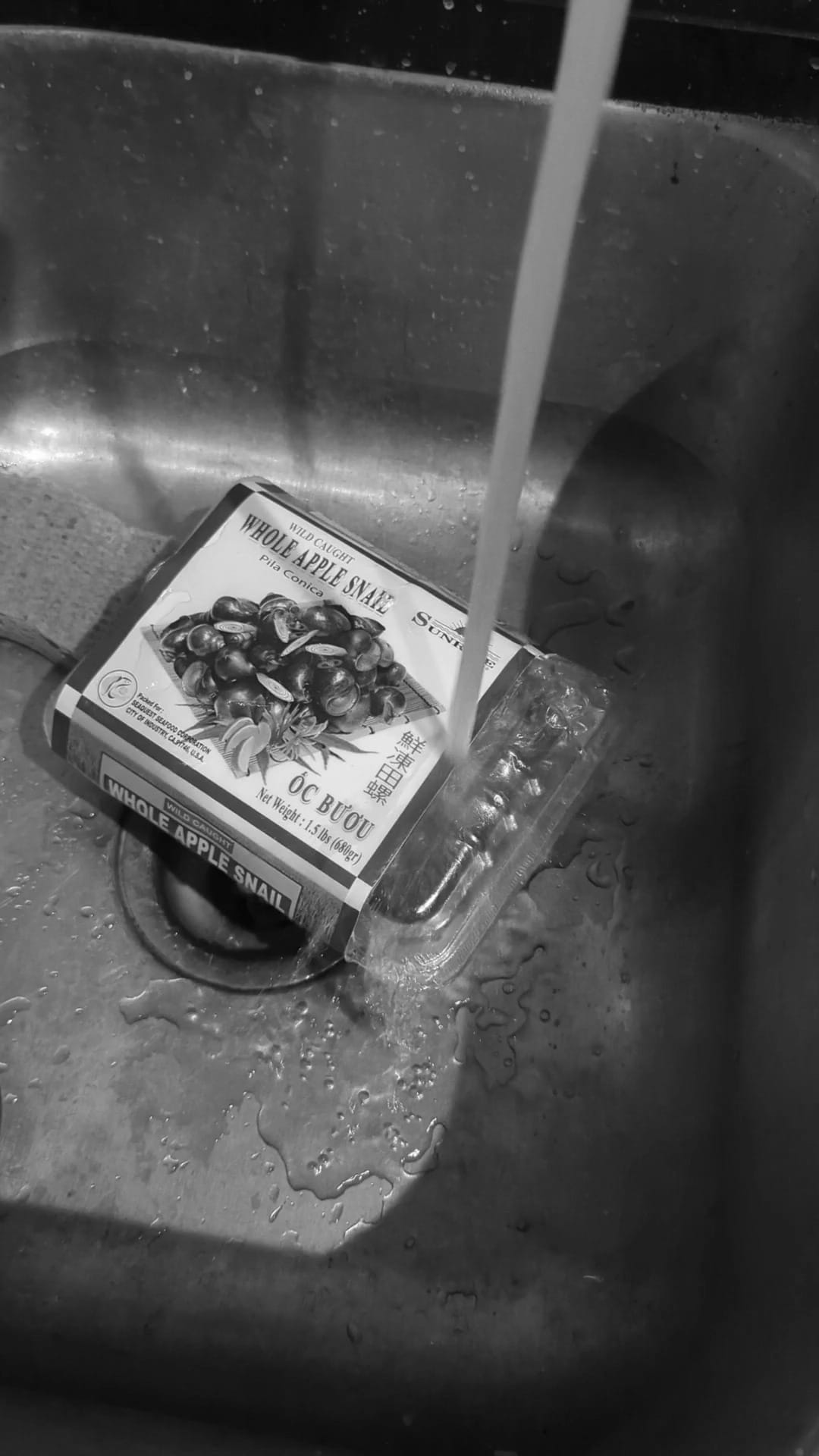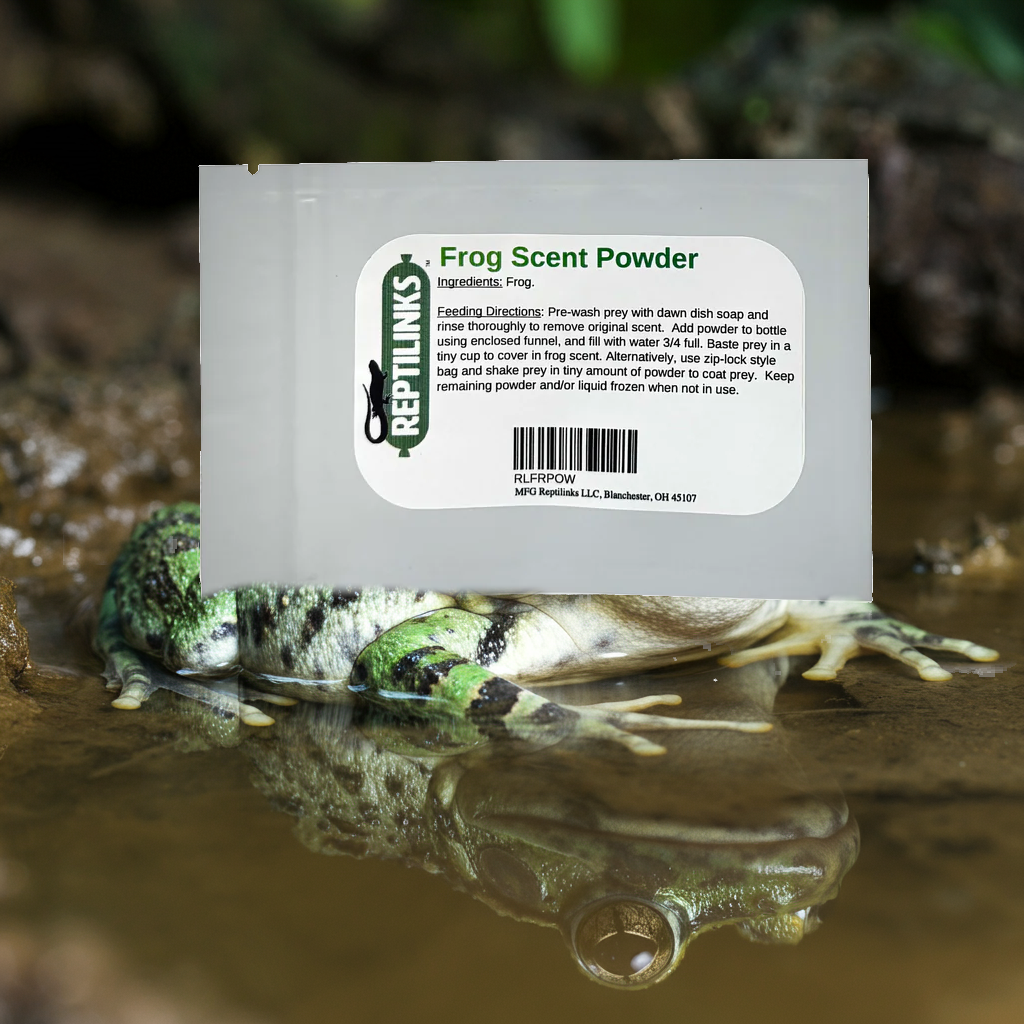A carnivorous diet is required to keep many reptiles healthy and is the only option for many species. Many keepers use hot water in a sink, thawing on a table top, or setting it on a heat lamp. These methods are not correct.
Thawing Feeders and Reptile Keeper Wisdom
Feeders for reptiles include rodents, birds, lizards, snakes, and more exotic items like snails or crawfish. There are a few animals here at Resolve Reptiles with many of those requirements.
Common wisdom is to run hot water over these prey items with the prey being inside of a plastic bag. This is a very quick way to thaw feeders which is why many people do it. At one time Snake Discovery got into a little bit of hot water (pun intended) after viewers decided that they should not thaw rodents that way to reduce plastic waste. As we'll find out, that isn't the only problem.
Another method used is to simply leave the rodents out on a tabletop or even on top of the enclosures for these animals. Some keepers even put their rodents under heat lamps. These methods are also flawed.
These methods have been used and repeated for possibly decades.
What Happens During Thawing
When any item is thawed using the methods above, the first thing that happens is that the surface of the item warms faster than the inside of the item. It is a common experience to find that the center of food remains cold even when the outer portion seems cooked – the center of the item thaws slower than the outside which has more exposure to warmer temperatures.
In some cases this could mean that the surface is room temperature while the center is still frozen – not great to eat and not generally ideal for your reptiles. There is a hidden concern when thawing food by leaving it out or by using hot water.
Reptiles and Salmonella
Salmonella is a topic previously covered here where reptile keepers handwaved away the idea of "catching salmonella" from a reptile. The irony being that it is rarely discussed on how they get salmonella and why it is a concern.
Vectors for Salmonella
Individuals come into contact with salmonella more often than people would like to consider. Salmonella exists in the dirt, in public settings, in restaurants, and even at your grocery store.
The vector for salmonellosis (the disease symptoms encountered when a person becomes affected by the salmonella bacteria) is through ingesting the bacteria. Touching your hands and face, eating, smoking, and other activities that can track the bacteria into your mouth exposes your body to salmonella. In many cases the small amount you encounter is not enough to cause significant problems, and if it does, most adults will recover within a few days.
Reptiles contract salmonella in much the same way. Produce sourced from the grocery store may have been exposed to salmonella. Raw or mishandled meat products can be exposed to the bacteria. The animal then eats those sources of salmonella and becomes infected.
Reptiles, unlike humans, do not recover from salmonella. Many will permanently have this bacteria present.
This has been the topic of many entertainers and clickbait videos. Some of these videos claim to be "research" and throw words around like "responsible" when telling people to wash their hands – which is great advice – but never mention methods to avoid salmonella to begin with.
The Connection Between Thawing and Salmonella
There are some misconceptions between handling reptile food items and common food safety.
Practice and Wisdom in Freezing Kills Everything
It is not true that freezing "kills everything". Science tells us quite literally the opposite.
Nematodes and other parasites may be neutralized by freezing.
Bacteria and cryptosporidium can actually survive longer when frozen.
Heat can disrupt these organisms – not freezing. Unfortunately we may not be able to cook everything our animals need.
One YouTuber can even be quoted that a frozen snake was "safe" to feed to another snake – that is clearly not the case.
Thawing the feeders using hot water or leaving it out can cause the surface area of the items to become warmer while the center is still very cold if not frozen. This means the surface can support bacterial growth.
You should never, ever thaw meat for human consumption with hot water or by leaving it out.
The US Department of Agriculture explains clearly why it is a bad idea to use hot water or leave the meat out – bacterial growth occurs above 40F (4C) all the way up to 140F (60C). Leaving prey items out or using hot water to thaw them falls within this range.
Prey items may be exposed to salmonella where they are packaged or through cross contamination of other items and this bacteria can easily grow on the surface of prey items while thawing.
When raising prey item temperature you will be raising it to the perfect temperature for bacterial growth.
How to Thaw Prey Items
Like any other food, prey items should be handled with food safety practices.
Any produce and meat that you purchase frozen should not be thawed in hot water or on a surface. Instead, these items should be thawed in the refrigerator or with cold water.
Bacterial grow occurs at 40F (4C) and above, that means we need to keep these items below or close to that threshold. This avoids an abundance of bacteria on the surface of the items. You, as the keeper, are safer from exposure by reducing (even though you may not be able to eliminate) the amount of bacteria on the items. Your reptile will also benefit from not consuming as much of the bacteria.
In Cold Water
This is obviously much slower than hot water. To that with cold water, pour the water over the prey items in a bowl or similar. The prey items will cool the water and the water will warm the prey items. Replace the water repeatedly until the items are dethawed.
In the Refrigerator
Refrigerators can maintain food at food safety levels. Placing the frozen items in the refrigerator the day before (depending on the prey item size) will raise their temperature above freezing.
After Thawing
Once the items are above freezing, you can then warm the items with hot water or using other methods. Feeders need to be used within 2 hours with minimal delay.
While this doesn't kill or disrupt organisms like salmonella, it can reduce the overall amount of salmonella present. Reducing what is present can prevent infections.
Conclusion
Changing the way keepers thaw prey items may reduce exposure to bacteria and other food borne illness both for the keeper and the reptile. Bacteria can begin growing above 40F (4C) and, contrary to popular belief, freezing does not kill cryptosporidium and bacteria. In the case of ever-present salmonella, both the keeper and the reptile can have their exposure limited by following correct food safety practices.
By reducing exposure to salmonella through food we can reduce the chances of our reptiles carrying the bacteria.
And of course wash your hands.






Comments